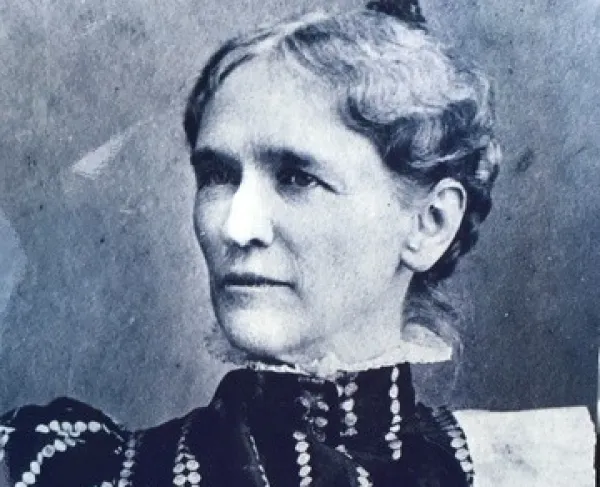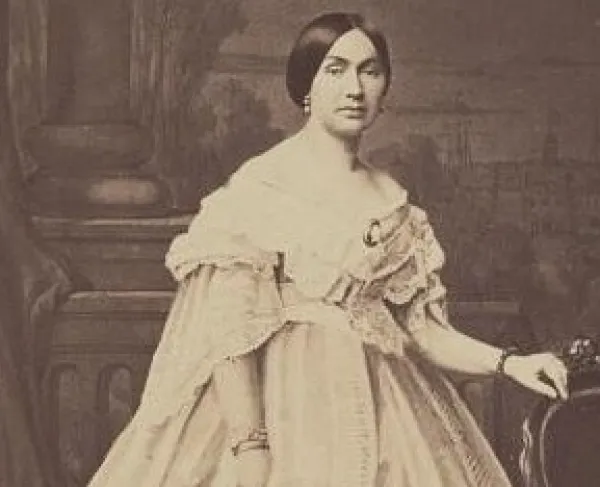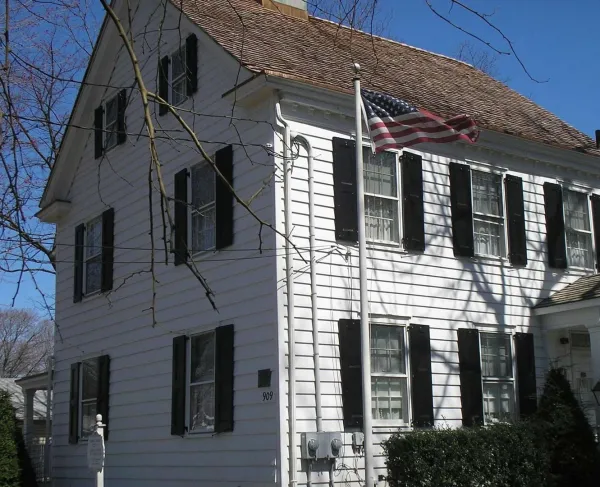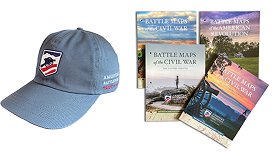Mary Chesnut
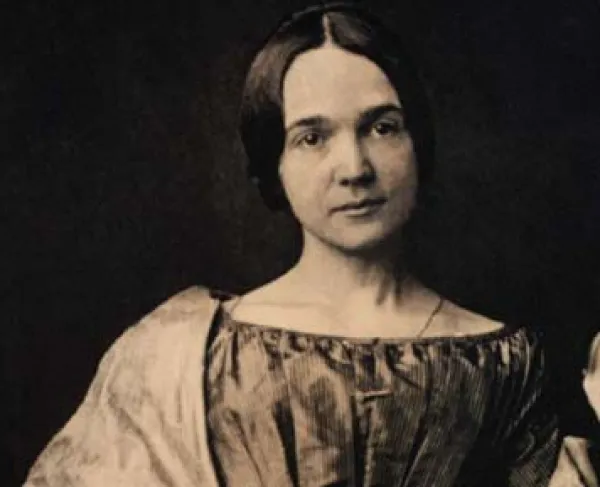
During the Secession Winter of 1860-1861, one of the most respected ladies of Charleston, S.C., put pen to paper, beginning a remarkable diary of immense sophistication and insight into the political and societal realities of upper-class life in the South. The diarist, Mary Boykin Chesnut, was the wife of James Chesnut, a U.S. senator until South Carolina had seceded who went on to a brigadier generalcy in the Confederate Army and a position as a personal aide to Jefferson Davis.
Mary Boykin Miller was born on March 31, 1823, the daughter of Stephen Decatur Miller, an eminent Palmetto State politician recently returned from a term in the U.S. House of Representatives who would go on to serve as governor and in the U.S. Senate. Befitting her family’s station, young Mary was educated at Mme. Talvande’s French School for Young Ladies, becoming fluent in French and German. In April 1840, she married Chesnut, eight years her senior and the scion of another prominent South Carolina political family.
The Chesnuts had no children, so upon Mary’s death in 1886, the diary passed to her closest friend, Isabella D. Martin, who received the family’s blessing to seek publication. The first edition of the diary, although heavily abridged and edited, was printed in 1905 as A Diary from Dixie, with a fuller version released in 1949. A new, fully annotated edition, edited by C. Vann Woodward, won the 1982 Pulitzer Prize for history. Chesnut and her diary gained even greater fame with the release of Ken Burn’s documentary, The Civil War, which included numerous quotations from the book read by Academy Award-nominated actress Julie Harris.
